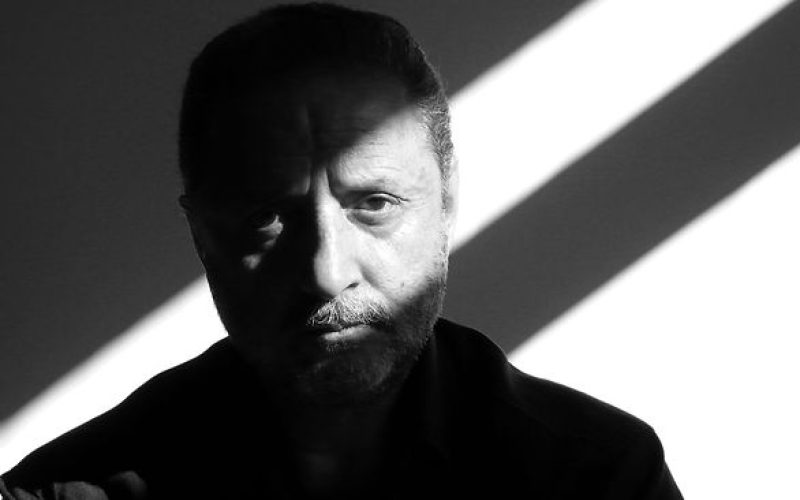Born in Damascus in 1944 to the son of a high-ranking officer in the Ottoman military and a Lebanese mother, Omar Amiralay headed to Paris in 1965 to pursue studies in drama and theater but gradually began to lean towards cinema.
When the 1968 student revolt erupted, Amiralay joined the hordes of protesters, and began to film. His fate was sealed; he began to make documentary films. He returned to Damascus eager to instigate a new documentary cinema. His first film, Film-Muhawalah ‘An Sadd al-Furat (Film-Essay on the Euphrates Dam, 1970), was an enthusiastic documentation of the Baath regime’s construction of the Assad dam. His second documentary film, al-Hayat al-Yaomiyyah fi Qarya Suriyya (Everyday Life in a Syrian Village, 1974), was radically different. It was a scathing critique of the government’s failure to provide basic amenities to the poor. The film, produced by the National Film Organization, was banned and remains so to this day. The films following this one continued in the same critical vein.
Amiralay’s new approach to documentary film making gradually became recognized in the Arab world and Europe. His films earned a number of awards worldwide and his cinema has become an example for generations of documentary filmmakers in the Arab world. Amiralay was also a driving force in the establishment of the Arab Film Institute (2005-2008), a novel venture in the Arab world.
The master documentary filmmaker Amiralay died in in February 2011. He was a close friend and collaborator with fellow Syrian filmmakers, including Mohammad Malas and Ossama Mohammed.




